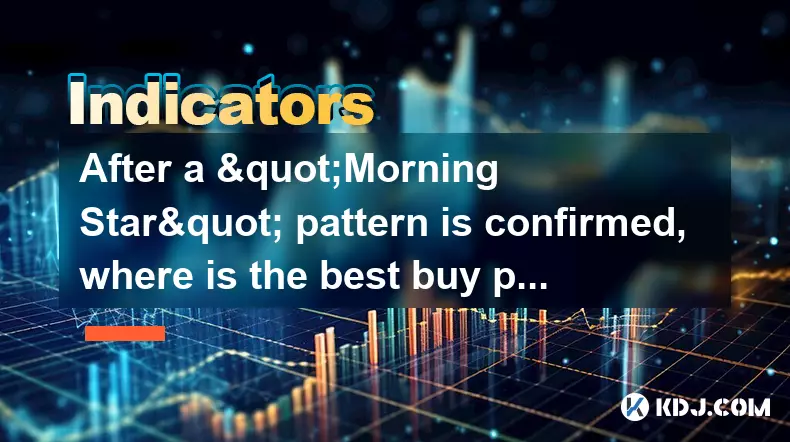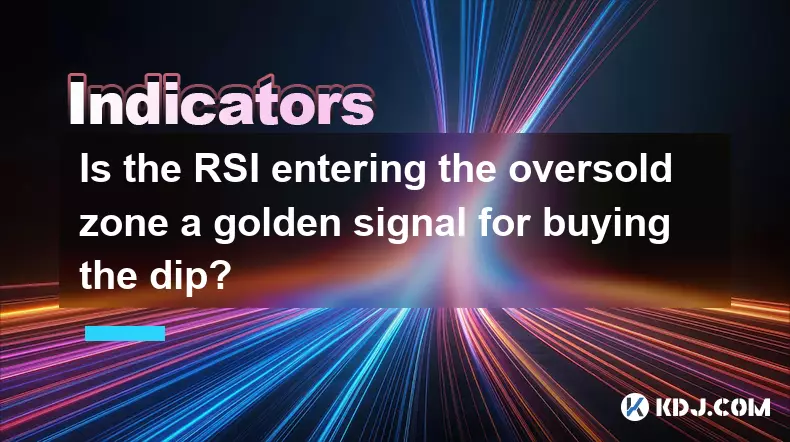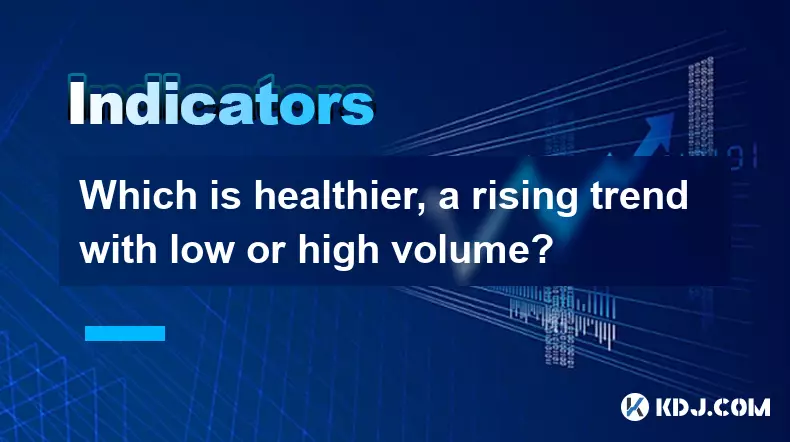-
 Bitcoin
Bitcoin $113800
2.35% -
 Ethereum
Ethereum $4332
1.12% -
 XRP
XRP $2.979
0.84% -
 Tether USDt
Tether USDt $1.000
0.01% -
 BNB
BNB $891.2
1.87% -
 Solana
Solana $222.0
3.09% -
 USDC
USDC $0.9998
-0.02% -
 Dogecoin
Dogecoin $0.2413
0.31% -
 TRON
TRON $0.3386
1.26% -
 Cardano
Cardano $0.8791
2.20% -
 Hyperliquid
Hyperliquid $54.65
2.86% -
 Chainlink
Chainlink $23.38
1.64% -
 Ethena USDe
Ethena USDe $1.001
0.00% -
 Sui
Sui $3.576
3.44% -
 Avalanche
Avalanche $28.64
10.90% -
 Stellar
Stellar $0.3805
2.28% -
 Bitcoin Cash
Bitcoin Cash $581.3
0.24% -
 Hedera
Hedera $0.2316
1.99% -
 UNUS SED LEO
UNUS SED LEO $9.558
0.08% -
 Litecoin
Litecoin $115.5
3.18% -
 Cronos
Cronos $0.2579
-0.86% -
 Toncoin
Toncoin $3.132
1.44% -
 Shiba Inu
Shiba Inu $0.00001294
1.09% -
 Polkadot
Polkadot $4.180
2.16% -
 Uniswap
Uniswap $9.639
2.15% -
 Ethena
Ethena $0.7804
-4.26% -
 Dai
Dai $0.9999
0.01% -
 Monero
Monero $267.6
-0.14% -
 World Liberty Financial
World Liberty Financial $0.1990
0.46% -
 Mantle
Mantle $1.472
11.83%
What is the difference between the MFI (Money Flow Indicator) and the RSI?
MFI, incorporating volume, offers stronger confirmation of price trends than RSI, making it more reliable for spotting divergences and validating breakouts in volatile crypto markets.
Sep 10, 2025 at 08:19 pm

Understanding the Core Mechanics of MFI and RSI
1. The Money Flow Index (MFI) incorporates both price and volume data to assess buying and selling pressure in the cryptocurrency market. It calculates typical price values over a specified period, multiplies them by trading volume, and then derives a ratio of positive to negative money flow.
- In contrast, the Relative Strength Index (RSI) relies solely on price data, measuring the speed and change of price movements. It compares average gains to average losses over a set timeframe, usually 14 periods.
- Because MFI includes volume, it is often considered a leading indicator that reflects the strength behind price moves. High volume accompanying a price surge adds credibility to bullish momentum.
- RSI, while powerful, does not account for transaction volume. This means a sharp price move on low volume might still register as overbought or oversold, potentially generating misleading signals.
- Traders in the crypto space find MFI especially useful during volatile conditions where volume spikes can confirm or deny the validity of breakout attempts.
Interpreting Overbought and Oversold Conditions
1. Both MFI and RSI use thresholds—typically 80 and 20 for MFI, and 70 and 30 for RSI—to identify potential reversal zones. When MFI exceeds 80, it suggests strong buying pressure may be unsustainable.
- Similarly, an RSI above 70 indicates rapid price increases that could lead to pullbacks. However, in strong trending markets, these levels can remain breached for extended periods without reversals.
- A key divergence occurs when price makes a new high but MFI fails to surpass its previous peak, signaling weakening momentum even if price continues upward. This kind of hidden bearish signal is more reliable with MFI due to volume integration.
- RSI divergences are also valuable but carry higher risk of false alarms in low-volume scenarios common in altcoin trading.
- During consolidation phases, MFI readings between 40 and 60 often reflect neutral sentiment, whereas RSI might oscillate around 50, indicating no clear directional bias.
Divergence Detection and Market Confirmation
1. Divergence analysis is central to using both indicators effectively. Negative divergence in MFI happens when prices rise while the indicator falls, suggesting lack of volume support.
- Positive divergence occurs when prices drop but MFI rises, hinting at accumulation despite downward price action.
- In Bitcoin trading, such divergences detected by MFI have preceded major trend shifts, particularly after prolonged rallies fueled by speculative FOMO without proportional volume growth.
- RSI can show similar patterns, but without volume context, traders may misinterpret emotional price swings as structural changes.
- For instance, a sudden spike in Dogecoin’s price driven by social media hype might push RSI into overbought territory, yet MFI could remain flat or decline, revealing weak underlying demand.
Frequently Asked Questions
Can MFI be used effectively on low-cap cryptocurrencies?Yes, but with caution. Low-cap tokens often experience erratic volume swings, which can distort MFI readings. Sudden pump-and-dump schemes inflate volume temporarily, creating false signals. Traders should combine MFI with order book analysis and on-chain metrics for better accuracy.
Why does RSI sometimes stay overbought for long periods in bull runs?During strong uptrends, consistent buying pressure keeps average gains elevated, preventing RSI from dropping below 70. This persistence doesn’t necessarily indicate weakness—it reflects sustained momentum. Relying only on RSI thresholds without trend context can lead to premature exit decisions.
Is one indicator superior for day trading crypto pairs?Neither is universally better. MFI offers deeper insight into short-term conviction when volume data is reliable, making it suitable for major exchanges with transparent trading activity. RSI responds faster to price changes and works well in range-bound markets where volume fluctuations are less informative.
How do halving events affect the reliability of these indicators?Halving events alter miner economics and often trigger extended accumulation phases. During these periods, price movements may lag fundamentals, causing both RSI and MFI to give choppy signals. Historical data shows that combining these tools with on-chain supply metrics improves decision-making during such macro transitions.
Disclaimer:info@kdj.com
The information provided is not trading advice. kdj.com does not assume any responsibility for any investments made based on the information provided in this article. Cryptocurrencies are highly volatile and it is highly recommended that you invest with caution after thorough research!
If you believe that the content used on this website infringes your copyright, please contact us immediately (info@kdj.com) and we will delete it promptly.
- Traders, Buybacks, and Breakouts: Decoding the Market's Latest Moves
- 2025-09-11 12:25:12
- Meme Coins, Crypto Projects, and Early Access: What's Hot in 2025?
- 2025-09-11 12:25:12
- Meme Coins in 2025: MoonBull, Layer Brett, and the Future of Viral Crypto
- 2025-09-11 12:30:12
- CEEX, Dubai VASP, and the Crypto Market: A New Era?
- 2025-09-11 12:30:12
- Museums, Memories, and Friendships: Exploring Shared Experiences
- 2025-09-11 12:35:12
- Solana, SUI, and the Hunt for the Next Big Thing: Price Predictions and Beyond
- 2025-09-11 10:45:16
Related knowledge

What is the success rate of a TRIX golden cross?
Sep 11,2025 at 02:18am
Understanding the TRIX Indicator in Cryptocurrency Trading1. The TRIX (Triple Exponential Average) indicator is a momentum oscillator designed to filt...

After a "Morning Star" pattern is confirmed, where is the best buy point?
Sep 10,2025 at 06:00pm
Understanding the Morning Star Pattern1. The Morning Star is a bullish reversal candlestick pattern that typically forms at the end of a downtrend. It...

Is the RSI entering the oversold zone a golden signal for buying the dip?
Sep 09,2025 at 02:55pm
Understanding the RSI and Its Role in Crypto Trading1. The Relative Strength Index (RSI) is a momentum oscillator widely used in the cryptocurrency ma...

Which is healthier, a rising trend with low or high volume?
Sep 09,2025 at 04:00pm
Understanding Volume in Market Trends1. Volume serves as a critical indicator when analyzing the strength of a rising trend in cryptocurrency markets....

Should I unconditionally sell my position after a death cross?
Sep 11,2025 at 11:00am
Understanding the Death Cross in Cryptocurrency Markets1. The death cross is a technical indicator that occurs when a short-term moving average, typic...

How can I accurately identify RSI divergences?
Sep 10,2025 at 09:54pm
Understanding RSI Divergence Basics1. Relative Strength Index (RSI) is a momentum oscillator that measures the speed and change of price movements on ...

What is the success rate of a TRIX golden cross?
Sep 11,2025 at 02:18am
Understanding the TRIX Indicator in Cryptocurrency Trading1. The TRIX (Triple Exponential Average) indicator is a momentum oscillator designed to filt...

After a "Morning Star" pattern is confirmed, where is the best buy point?
Sep 10,2025 at 06:00pm
Understanding the Morning Star Pattern1. The Morning Star is a bullish reversal candlestick pattern that typically forms at the end of a downtrend. It...

Is the RSI entering the oversold zone a golden signal for buying the dip?
Sep 09,2025 at 02:55pm
Understanding the RSI and Its Role in Crypto Trading1. The Relative Strength Index (RSI) is a momentum oscillator widely used in the cryptocurrency ma...

Which is healthier, a rising trend with low or high volume?
Sep 09,2025 at 04:00pm
Understanding Volume in Market Trends1. Volume serves as a critical indicator when analyzing the strength of a rising trend in cryptocurrency markets....

Should I unconditionally sell my position after a death cross?
Sep 11,2025 at 11:00am
Understanding the Death Cross in Cryptocurrency Markets1. The death cross is a technical indicator that occurs when a short-term moving average, typic...

How can I accurately identify RSI divergences?
Sep 10,2025 at 09:54pm
Understanding RSI Divergence Basics1. Relative Strength Index (RSI) is a momentum oscillator that measures the speed and change of price movements on ...
See all articles

























































































